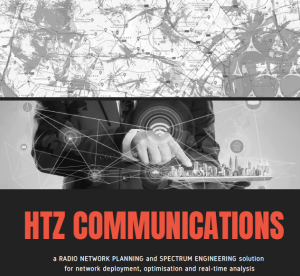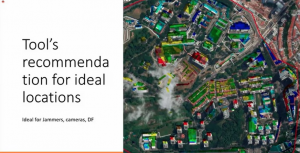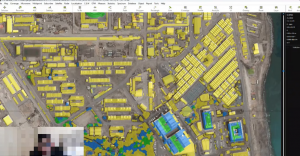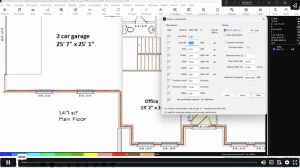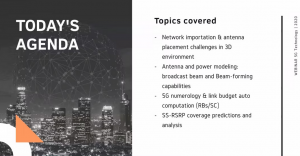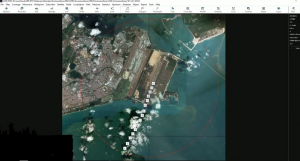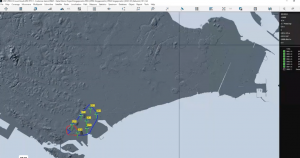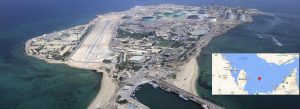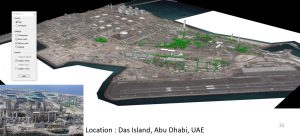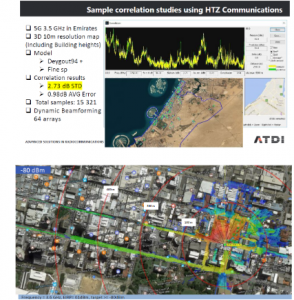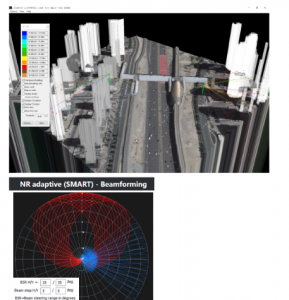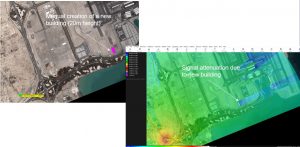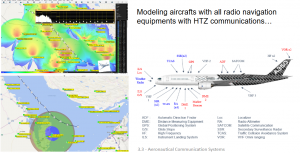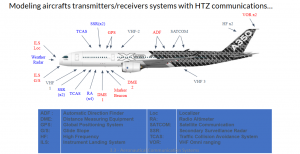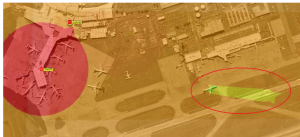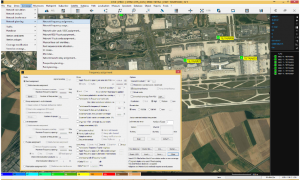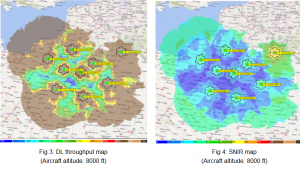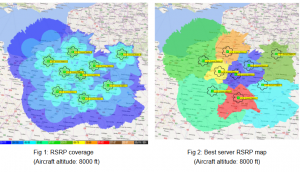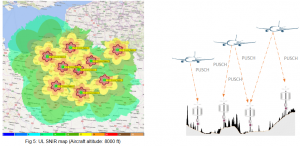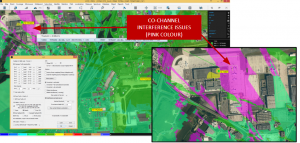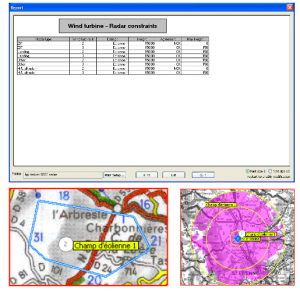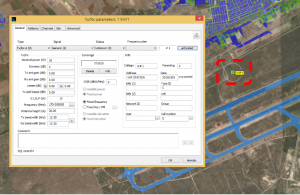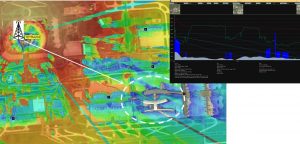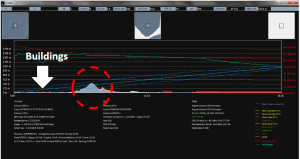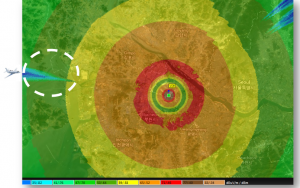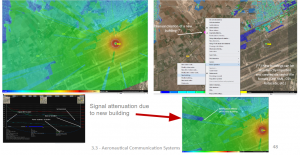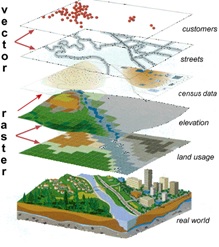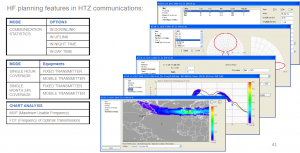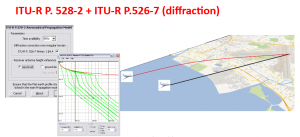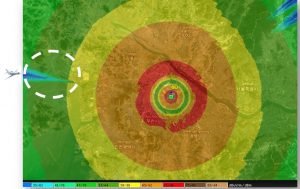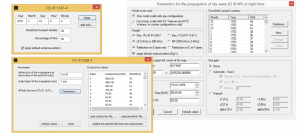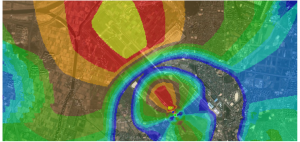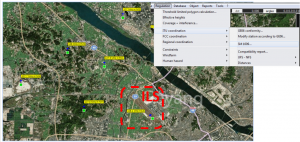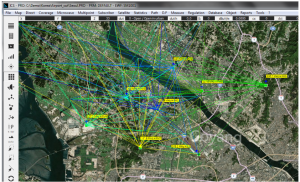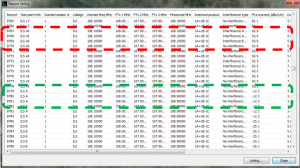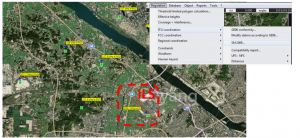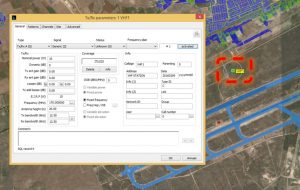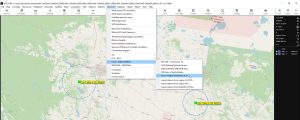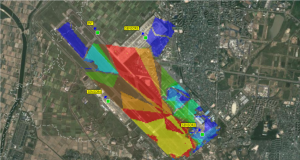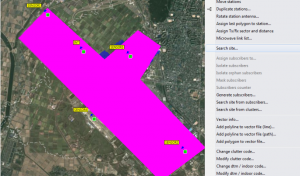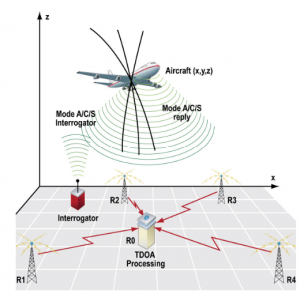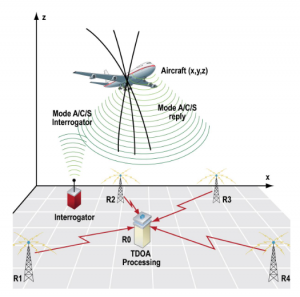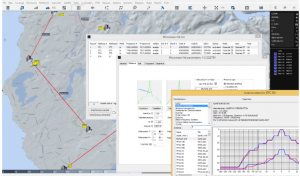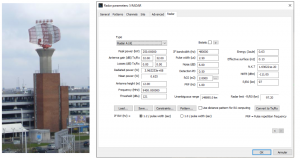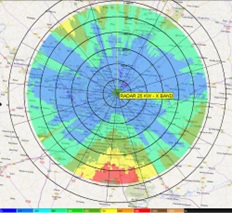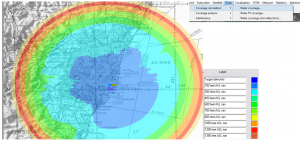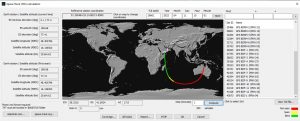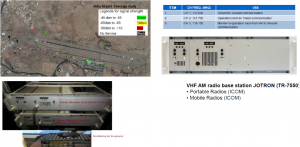HTZ Communications: Ensuring Seamless Wireless Connectivity in CNS network design and optimisation
| Company | ATDI |
|---|
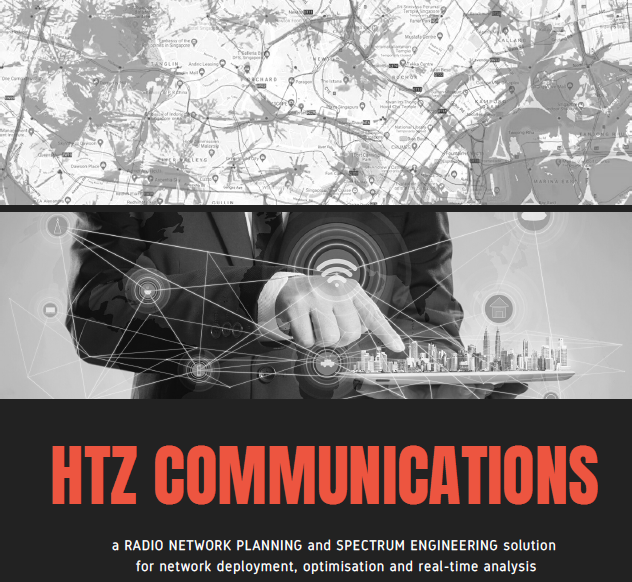
Images
HTZ Communications – advanced radio network planning, modelling & coexistence analysis.
Airports rely heavily on wireless technologies to connect passengers, devices, safety-critical systems, and aircraft. ATDI specialises in radiocommunication systems, whether that’s ground communications for operational control, ground-to-air communications for airspace management, air to air and radars for monitoring enroute operations.
Our flagship RF modelling software, HTZ Communications, supports the entire radio network lifecycle, enabling operators to efficiently utilise radio spectrum and ensure robust and reliable networks.
HTZ provides detailed coverage analysis across the entire airport, including comms systems including WiFi and mobile, to provide optimal coverage and performance. It uses high-resolution map datasets to plan and model radio networks within the airport environment, and features dedicated aeronautical propagation models to manage indoor and outdoor environments ensuring full network coverage. HTZ identifies and mitigates potential sources of interference both inter-network and between disparate radio systems. It enables users to manage network parameters such as station parameters, antennas and filters to combat out-of-band signals and reduce interference. HTZ’s key features include:
- Automated network planning coverage analysis.
- Identification of shadowing/black spots and automatic site search for coverage optimisation.
- Interference analysis to identify sources and offers mitigation techniques.
- Traffic analysis and network capacity management.
- Automated site planning, optimisation and frequency planning.
- Surveillance functions incorporating multi-lateration (TDOA & TSOA).
- Models ATC Radars (VOR, MLAT, Radars)
- Navigation sensors network design (ILS, DME-DME)
- Wind turbines analyses to assess the impact on vital communications like radars.
- ICAO building restrictions to limit how buildings encroach on airspace and to determine max building heights and exclusion zones around the airports.
- Manages Point to point / Point to Multipoint link analysis
- Coordinates FM/VHF/UHF and other wireless technologies.
- Analyses the impact of 5G towers on aeronautical radars (DL and UL)
Drones
Counter-drones minimise the likelihood of collisions, flight disruptions, and security threats posed by unauthorised drones. HTZ offers specialised drone management features to support mission planning; optimising missile paths with integrated jamming and radar detection. Jamming efficiency analysis; to identify
effective areas for drone countermeasures. Drone-controller localisation; to pinpoint areas where controllers may share flight paths. Radar detection capability analysis; to predict radar detection zones and elevations and drone communication range analysis; to import and analyse RF-simulated flight paths.
Airport Operators
Enabling airport operators to effectively manage and optimise the use of radio spectrum across their communications networks ensures robust and reliable connectivity. HTZ aids planning and simulation of new infrastructure developments such as new buildings or expansions to existing comms systems. By planning, modelling and optimising CNS systems, operators can assure compliance with international and national standards, and ensure coexistence between different systems.
HTZ Communications: Ensuring Seamless Wireless Connectivity in Airport Operations.h resolution datasets to model networks and

